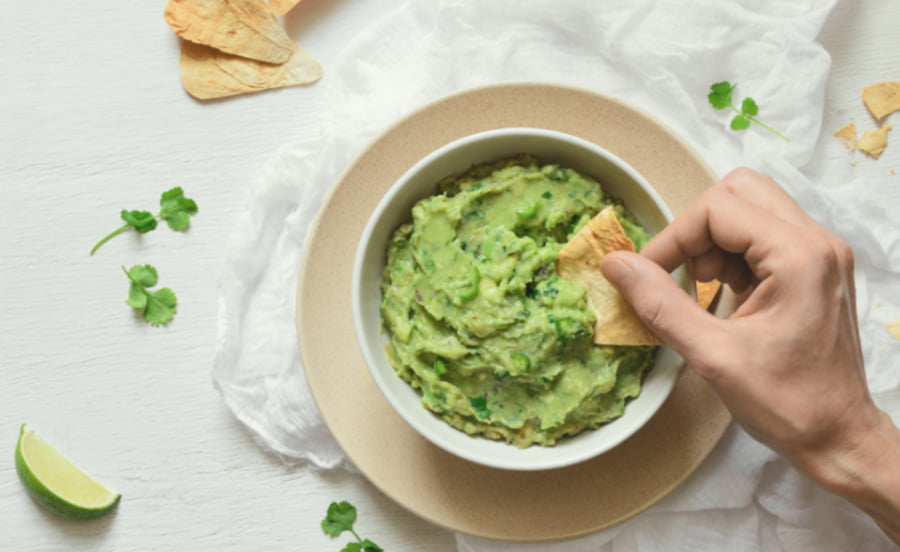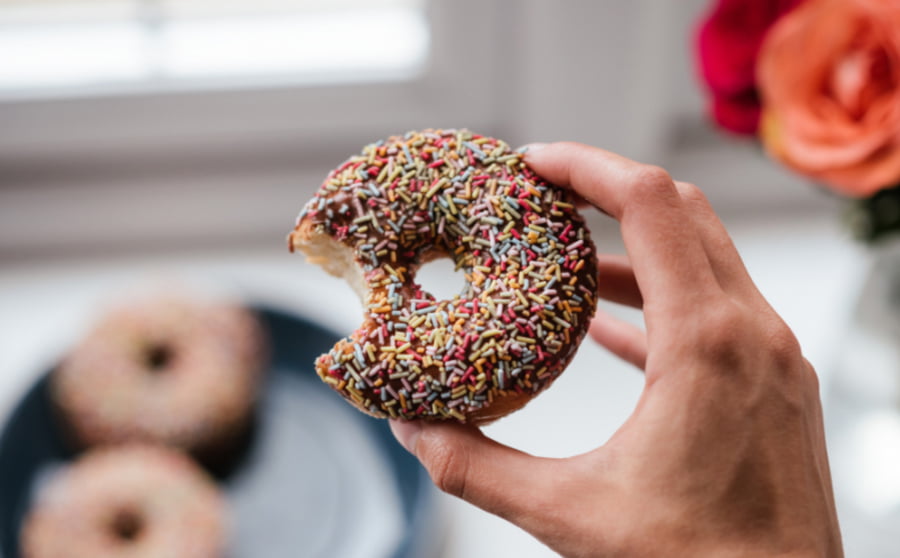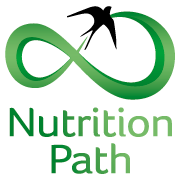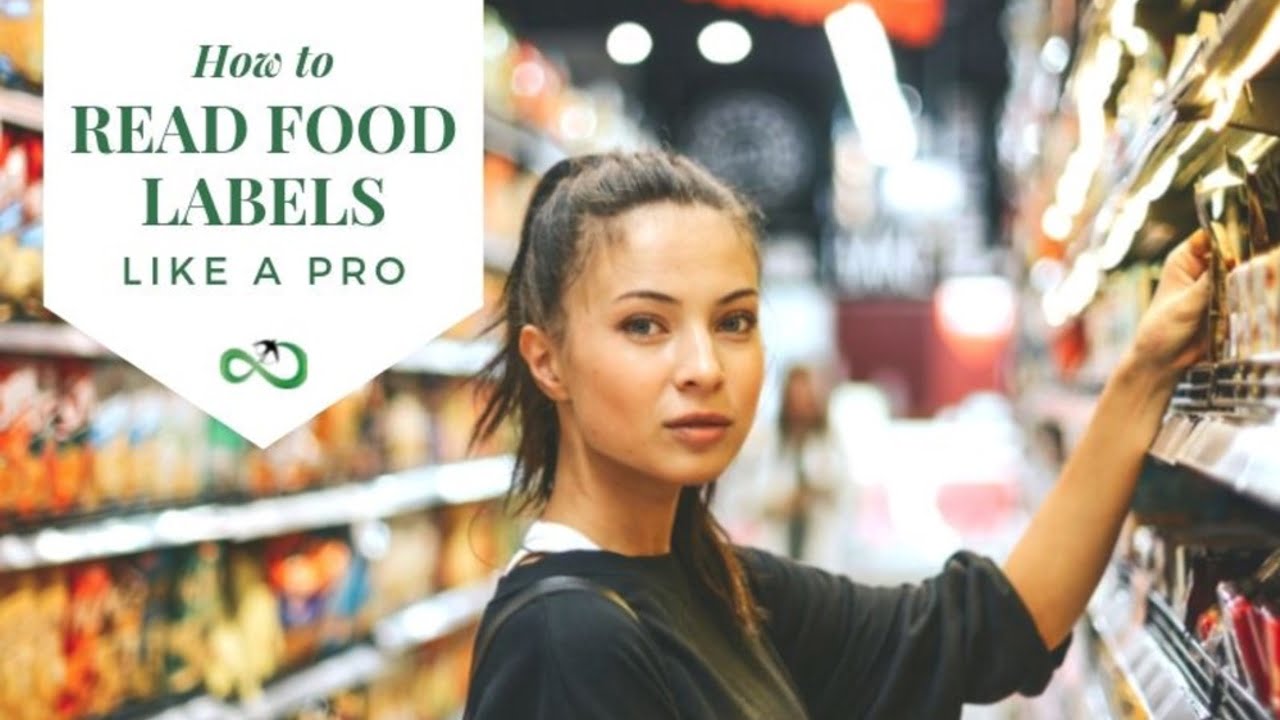Do you read your food labels? Perhaps you only look at calorie content from ‘good-old’ dieting days or get confused with overwhelm of information on the label and instead just make your food shop on auto- pilot?
The food industry is getting more and more creative on how to make more and sell more produce, which often contains the most ridiculous of ingredients that shouldn’t really make it onto your plate.
Knowledge is power and being equipped to read the food labels well you are giving yourself a better chance to nourish your body to its optimum.
Here is your smart guide on how to read labels like a pro.
1. The Basics:
The first ingredient
The first ingredient on the label means that it is the most plentiful in this food product and the last one- the least plentiful. Although you may often find % of the product included in brackets, make sure you read through all the food ingredients the product contains. You might be surprised by what you find.
Use-by date
The use-by date is not only suitable to determine how long the product is OK to eat, but the longer the use-by date, the more preservatives and processing techniques the food may contain.
The ‘traffic lights’
Here in the UK, you will notice that foods often have ‘traffic light’ colours next to fats, carbohydrates, protein, salt and sugar. If it is green, it is meant to be a healthier choice for you. However, stay vigilant as these foods may still contain preservatives and additives, even though it is low in fat or sugar.
Per 100g
Make sure to read what the food product contains by 100g per product, as well as the individual product you are buying. This way you can determine it’s true nutritional value. For example, a small bottle of shop- bought smoothie may contain only 11g/ 100g of sugar, but per bottle it is a whooping 28g, which hits your daily sugar requirement in a single drink.
Calories
Many people often still use calories to determine how ‘healthy’ the food is, but this is outdated and non- representative. It is impossible to determine the entire nutrition of the food product in one number.
2. List of ingredients
Read the entire list of ingredients. If the product has more than 5 ingredients, chances are that it has gone through some processing methods, some of which might be unnecessary. Why does a simple guacamole have 20 ingredients on the label?

Be aware that sometimes foods that may be listed as a familiar food item, may only resemble that food, but are completely artificial. For example ‘potato starch’ doesn’t necessarily come from a potato, but is artificially made in a factory.
Choose foods with less than 5 ingredients on the label or even better- foods that don’t need a label to be recognised. E.g. vegetables, meat and fish.
3. Protein, fats and carbs
This part of the label is pretty self- explanatory and can help you get familiar with nutritional contents of food. However, once you start to get an idea of what nutrients the foods contain, you do not need to keep checking these or obsess about the numbers.
This part of the label can be useful to determine if the meats have hidden saturated fats. It can be useful to understand the quality of meat produce, such as sausages and burgers- whether they have additional fat added.
4. Sugar
In the modern world sugar is added to so many products, you will be surprised the moment you start reading the labels more attentively. Sugar has an addictive nature and adding sugar to any food will enhance the taste, leaving you wanting more. Knowing this you might struggle trying to find a breakfast cereal that has no added sugar or find some sugar sneaking into the most unlikely products.
Be aware that UK allows up to 60 legal names for sugar to be displayed on the label and you may see it in names that you haven’t noticed before. Some might include ‘syrup’, ‘juice’ or ‘nectar’, others might end with the letters -ose, e.g. dextrose, maltose, glucose.
Most important when reading labels for sugar, make sure it is supposed to be in that product. Some foods, like fruit, vegetables and dairy will have naturally occurring sugars, it is only the quantity that really matters. 5g/ 100g is naturally occurring sugars. This means that if the product contains more than 5g/ 100g sugar, the additional sugar would have been added.
Low sugar: less than 5g/ 100g
High sugar: more than 22g/ 100g
5. Nasties to avoid:
E numbers
Steer clear from any foods that contain additives with E letters and numbers, such as E339 and similar. Some of the E numbers are given to additives such as a neurotoxin sweetener Aspartame, MSG and aluminum (eeerm, why do we even add this to food?).
Ingredients you cannot pronounce
Names that are difficult to pronounce are often given to ingredients that have been chemically derived and often are not naturally occurring in nature. So rule of thumb is- if you can't pronounce it, don’t eat it! Unless of course you are reading a label in French.
Ultra-processed foods
Such will include hydrogenated fats and oils, high-fructose corn syrup and foods containing sweeteners. Same rule applies- if it doesn’t come from nature or at least resemble natural foods, avoid as much as possible.
Artificial sweeteners
Research shows that such sweeteners as aspartame, sucralose and acesulfame are dangerous neurotoxins and should be avoided at all costs. In some countries these are banned as harmful substances.

6. Misleading labels claims
Millions if not billions are invested in making you buy the processed foods and lead marketing experts are employed to sell you their products. Some of label claims may actually mean nothing significant legally or is just partially true. If some of the words on the labels resemble a healthy food, it doesn’t mean it is actually beneficial to your health.
Low-fat or light
To make a food that naturally contains fat ‘low-fat’, fat needs to be artificially removed. However, fat is where the flavour often is, so by removing fat the food remains flavourless. This especially applies to dairy products. The flavour is usually injected by adding artificial sweeteners and sugars in. Other products may simply be watered down.
Natural
This only means that at some point the manufacturer used natural ingredients, such as apples, rice or oats. This doesn’t apply to the end product.
Gluten Free
Only means that it doesn't contain gluten, however doesn’t mean that the product is healthy. Only means that it doesn’t contain grains with gluten, but is often laden with sugar and is heavily processed.
Multigrain
Only means it is made from a mixture of grains. Doesn’t mean that these grains are unrefined or even whole.
Although this is just the introduction to learning to read the food labels properly, keep a vigilant eye, stay curious and ask questions- what do these ingredients mean, do they have to be in my food at all?
The easiest way to make sure that you give your body the best nourishment is to use natural ingredients from your local farmer, butcher and fishmonger and if you have some spare time- make it yourself.
There may be a bunch of different factors that cause the same symptoms for different people and you may notice that with some of these a bit of detective work is needed. Yet, so many of these (and so many others I haven’t mentioned) can be improved by simply hydrating well, boosting the colours on your plate and having less of what crashes your blood sugar.
Will you listen to your body now or only when ‘you have to’? The choice is yours.



